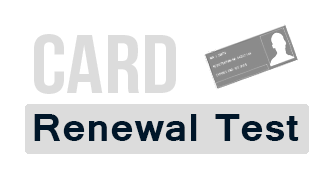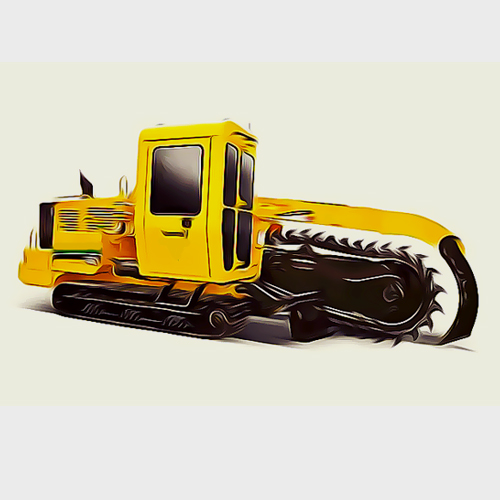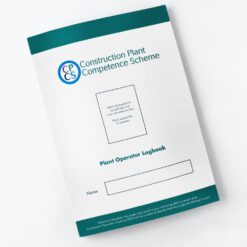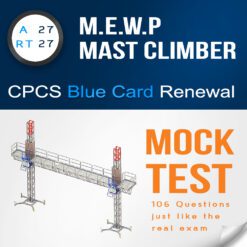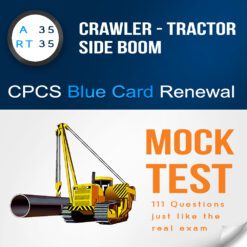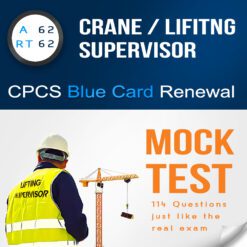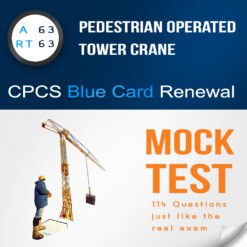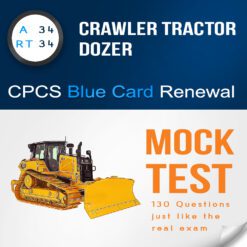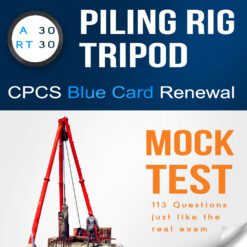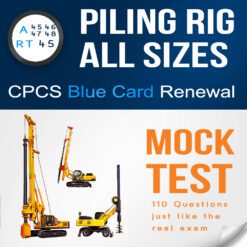1. What is the primary function of trenchers?
a) Landscaping
b) Forming cuts or trenches
c) Excavating large pits
d) Tree removal
Correct Answer: b) Forming cuts or trenches
2. Why is the area around any working machine considered a hazard?
a) Because it is the most comfortable area for the operator
b) Because it usually has clear signage and warnings
c) Because it contains rotating parts that pose risks
d) Because it is often the cleanest part of the site
Correct Answer: c) Because it contains rotating parts that pose risks
3. What is meant by “hidden” defects?
a) Defects that are easy to spot
b) Defects that are intentionally concealed
c) Defects that are not immediately apparent
d) Defects that are irrelevant to the trencher’s operation
Correct Answer: c) Defects that are not immediately apparent
4. What could potentially occur if the trencher operator fails to consider the risk of trench collapse?
a) Trench collapse in certain soils
b) Enhanced trencher efficiency
c) Increased operator comfort
d) Improved fuel consumption
Correct Answer: a) Trench collapse in certain soils
5. What must be done before driving on slopes?
a) Rely on the operator’s judgment
b) Consult bystanders in the vicinity
c) Drive as fast as possible to save time
d) Check and follow manufacturers’ criteria
Correct Answer: d) Check and follow manufacturers’ criteria
6. What are the dangers of operating or traveling a trencher on or across steep slopes?
a) Increased trencher speed
b) Risk of overturn and instability
c) Enhanced operator comfort
d) Improved fuel efficiency
Correct Answer: b) Risk of overturn and instability
7. What could happen if the minimum distance requirements are not met when cutting trenches near slopes or adjacent trenches?
a) Enhanced operator comfort
b) Reduced fuel consumption
c) Potential trench or edge collapse
d) Improved landscaping results
Correct Answer: c) Potential trench or edge collapse
8. How can manually cleaning spoil from around the cutting area be hazardous?
a) It may result in injuries from contact with rotating parts
b) It minimizes operator workload
c) It improves operator experience
d) It enhances trencher speed
Correct Answer: a) It may result in injuries from contact with rotating parts
9. What issues are associated with using excessively worn teeth on a trencher?
a) Improved trencher efficiency
b) Operator job satisfaction
c) Reduced trencher maintenance costs
d) Inefficiency and additional strain on the trencher
Correct Answer: d) Inefficiency and additional strain on the trencher
10. What type of adjustment might need to be made on cutting chain types?
a) Engine power enhancement
b) Operator seat positioning
c) Chain tension adjustment
d) Tire pressure calibration
Correct Answer: c) Chain tension adjustment
11. Why is achieving the correct tension for the chain crucial for trencher operation?
a) To ensure safe and efficient operation
b) To increase the machine’s speed
c) To minimize operator training requirements
d) To simplify maintenance tasks
Correct Answer: a) To ensure safe and efficient operation
12. What condition must be met for a ROPS frame or cab to minimize injuries during an overturn?
a) The trencher must be operating at full speed.
b) The operator must be experienced.
c) The seat belt must be worn by the operator.
d) The trencher must have a high-quality paint job.
Correct Answer: c) The seat belt must be worn by the operator.
13. What procedures should be undertaken before excavating in a new area?
a) Consult with utility and service providers
b) Operate the trencher at full speed
c) Hire additional operators
d) Increase trencher speed
Correct Answer: a) Consult with utility and service providers
14. How may underground contact with solid objects be noticed by the operator?
a) By observing a decrease in trencher speed
b) By hearing unusual noises from the trencher
c) By experiencing increased operator comfort
d) By noticing improved fuel efficiency
Correct Answer: b) By hearing unusual noises from the trencher
15. What are the dangers when the cutting chain has caught underground cabling?
a) Enhanced operator comfort
b) Improved trencher performance
c) Reduced trencher maintenance costs
d) Risk of potential injuries to those in the immediate area
Correct Answer: d) Risk of potential injuries to those in the immediate area
trencher, citb, nocn, cpcs, blue card, renewal, mock test, practice test, theory test, multiple choice, questions, answers, rt37, a37, training, study, guide, preparation, operator, safety

